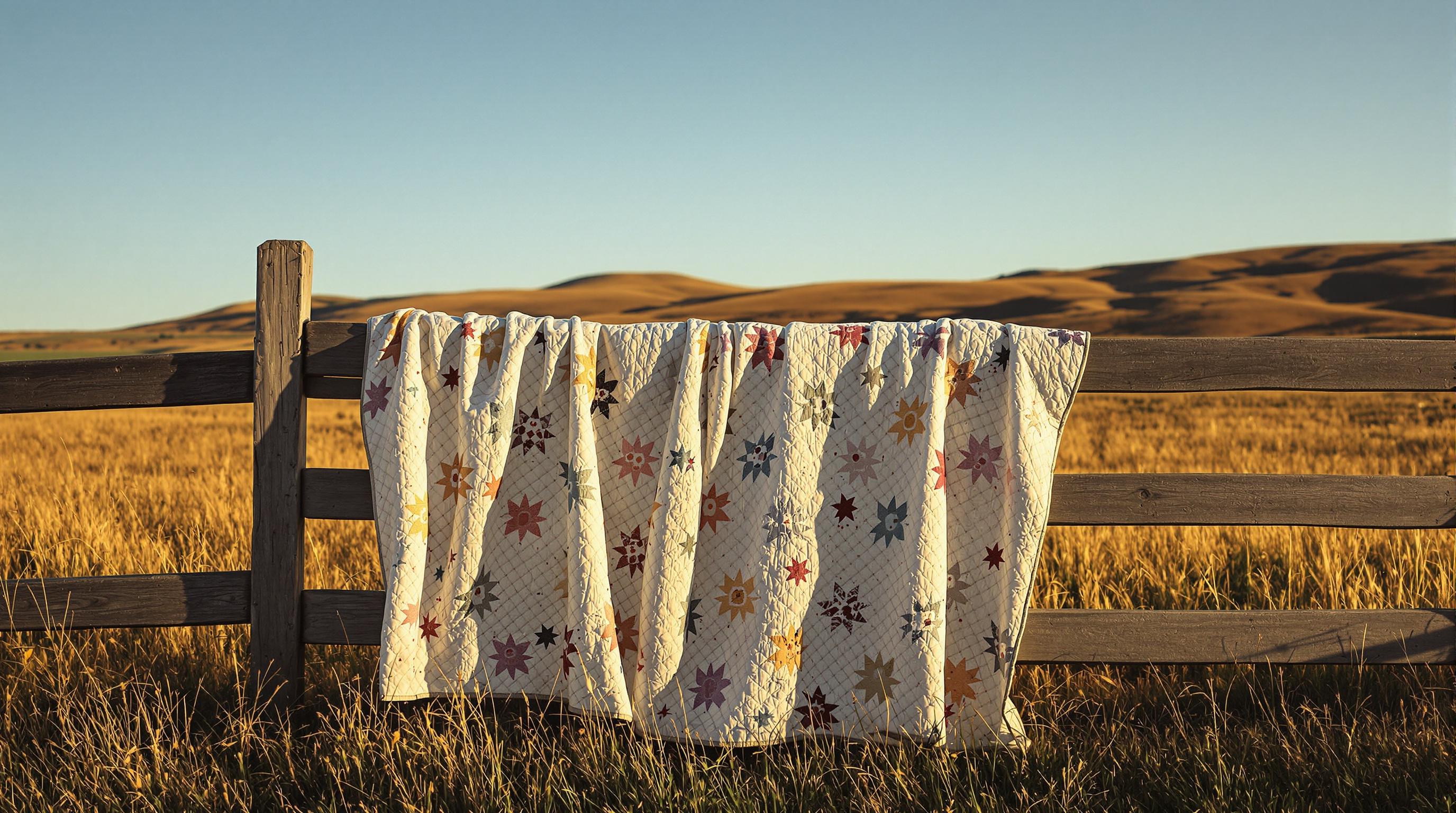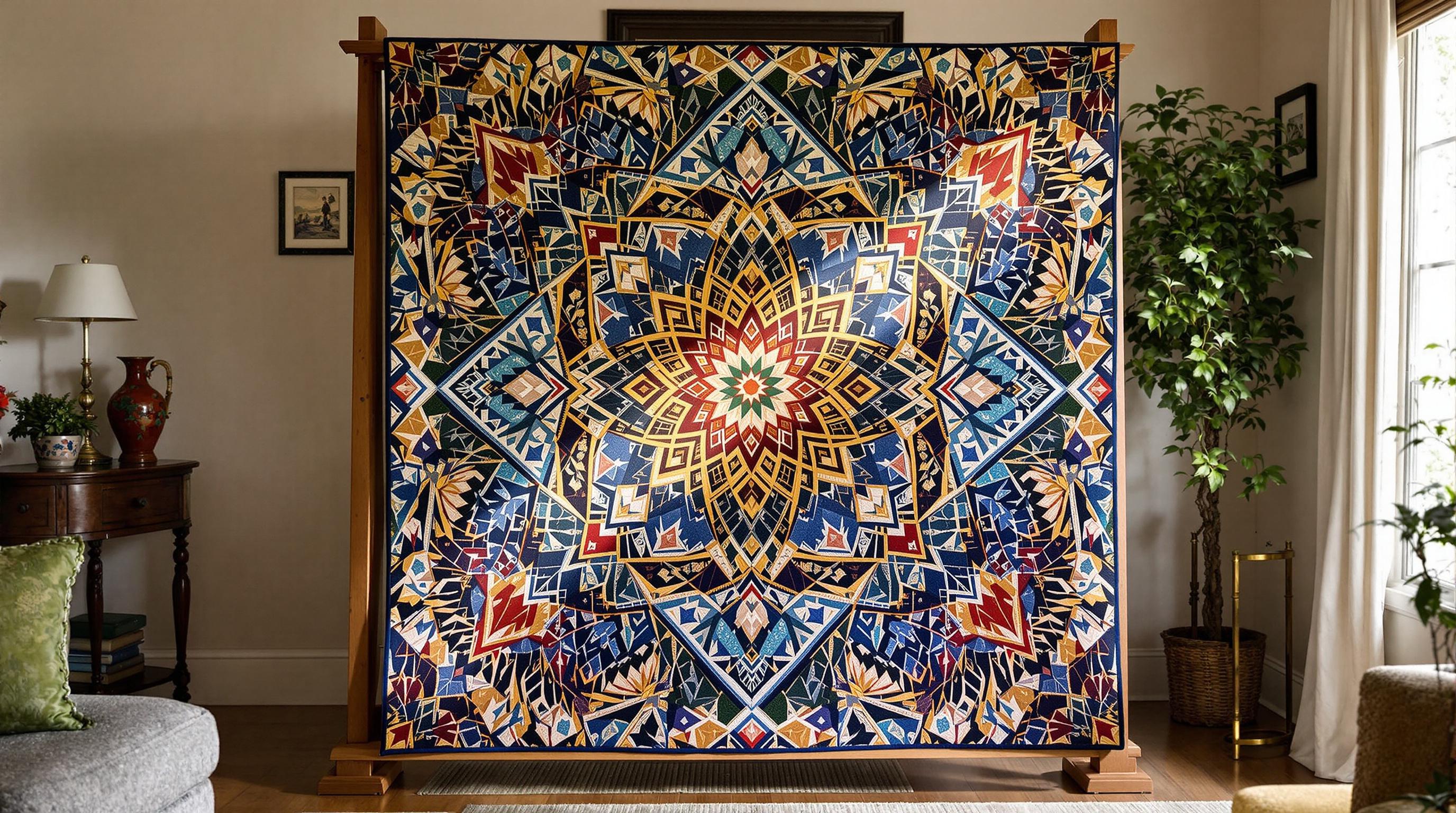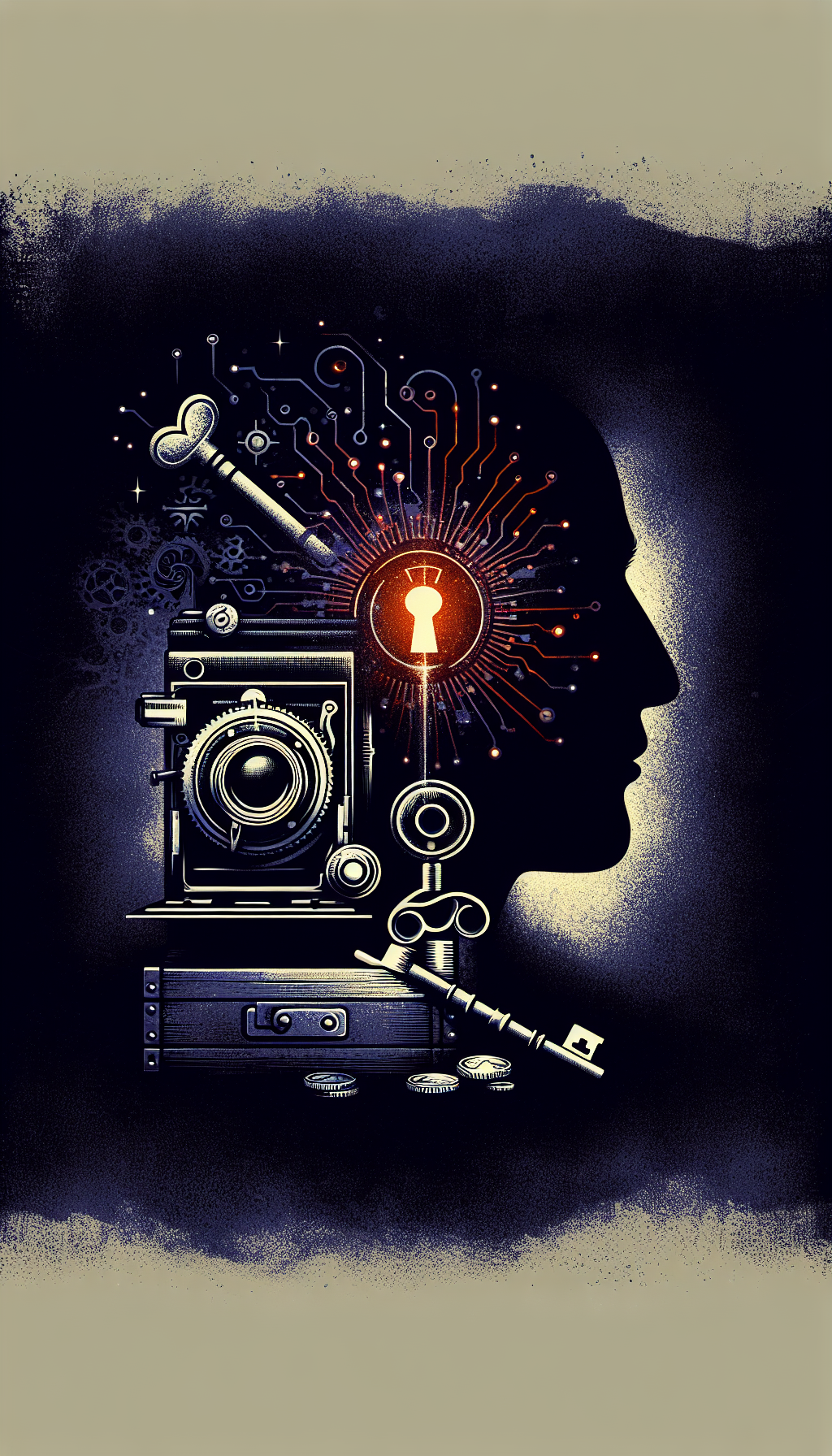Understanding the Value of Handmade Quilts
When determining the value of a handmade quilt, several factors come into play. From the quality of materials to the complexity of the design, each element contributes to the final price. Whether you’re a quilter looking to sell your creations or a buyer wanting to ensure you’re paying a fair price, understanding these factors is essential.
Handmade Quilt Value Statistics
| Statistic | Value | Description |
|---|---|---|
| Average Material Cost | $66-$300+ | Depending on quilt size and fabric quality |
| Average Labor Hours | 20-80+ | Varies by complexity and technique |
| Price Discrepancy | 10-15x | Handmade quilts cost 10-15 times more than mass-produced alternatives |
Factors Affecting Handmade Quilt Values
Material Costs
The fabrics and materials used in a quilt significantly impact its value. Quality quilting cotton typically costs around $13-15 per yard, and a single quilt can require 5-12 yards depending on size. Additional materials include:
- Batting (inner layer): $20-$60
- Backing fabric: $30-$100
- Thread: $10-$30
- Binding materials: $10-$20
Labor and Time Investment
The most significant factor in a quilt’s value is the time invested in creating it. Professional quilters typically value their time between $15-30 per hour, though many experienced artisans should command higher rates.
Time Investment By Quilt Phase
Each of these phases contributes to the total time invested in a handmade quilt
- Design and planning: 2-10 hours
- Cutting fabrics: 3-8 hours
- Piecing the top: 10-40 hours
- Basting layers: 1-3 hours
- Quilting: 5-30 hours (machine) or 40-200+ hours (hand-quilting)
- Binding and finishing: 3-8 hours
Design Complexity and Technique
The complexity of a quilt’s design significantly affects its value:
- Simple designs with straight lines and basic blocks: Lower end of price range
- Intricate patterns with precise piecing: Mid-range pricing
- Complex designs with appliqué, curved piecing, or custom work: Premium pricing
- Hand-quilted pieces: Substantially higher value than machine-quilted alternatives
Size Considerations
Quilt dimensions directly impact both material costs and labor time:
Quilt Sizes and Typical Dimensions
Standard quilt sizes in inches
</tbody>
</table>
Realistic Price Ranges for Handmade Quilts
Handmade Quilt Price Ranges by Size
Current market values based on professional quilter pricing (2023)
| Category | Price | Notes |
|---|---|---|
| Baby/Crib | 36" × 52" | Smallest standard size |
| Throw/Lap | 50" × 65" | Comfortable for couch use |
| Twin | 70" × 90" | Standard single bed size |
| Full/Double | 85" × 90" | Medium bed coverage |
| Queen | 90" × 95" | Most common bed size |
| King | 110" × 95" | Largest standard size |
</tbody>
</table>
Note that these prices reflect professionally made quilts with quality materials. Hand-quilted pieces or those with exceptional artistry may command significantly higher prices, potentially $3,000-$5,000 for queen and king sizes.
Evolution of Quilt Pricing (By Technique)
- Simple Machine Piecing & Quilting
Basic Technique
Straightforward designs with machine piecing and quilting represent entry-level pricing. These quilts typically cost $400-800 for a throw size, depending on materials. - Complex Machine Piecing
Intermediate Complexity
Intricate piecing with numerous small pieces or challenging techniques while still using machine quilting. These quilts typically command $600-1,200 for a throw size. - Machine Piecing with Hand Quilting
Mixed Technique
Machine-pieced tops that are hand-quilted represent a significant jump in labor costs. These hybrid pieces typically sell for $800-1,500 for a throw size. - Hand Piecing & Hand Quilting
Premium Technique
Entirely hand-crafted quilts represent the pinnacle of the craft. These masterpieces can command $1,500-3,000+ for a throw size, with bed-sized quilts reaching $5,000+.
The Pricing Formula for Handmade Quilts
Cost-Based Pricing Approach
The most common formula used by professional quilters is:
(Cost of Materials × 3) + (Hours of Labor × Hourly Rate) = Quilt Price
This formula ensures that material costs are covered with a markup for overhead and profit, while also accounting for the significant time investment.
Square Footage Pricing Method
Another approach is pricing by square foot, which helps standardize pricing across different sizes:
Length (ft) × Width (ft) × Price per Square Foot = Quilt Price
Using this method:
- Entry-level pricing: $15-20 per square foot
- Mid-range pricing: $20-30 per square foot
- Premium pricing: $30-50+ per square foot
For example, a queen-sized quilt (approximately 30 square feet) would be priced at $600-900 at the mid-range level.

Specialty Pricing Considerations
Certain factors warrant premium pricing beyond the standard formulas:
- Custom designs: Add 25-50% for completely custom work
- Heirloom-quality materials: Add 30-75% when using premium fabrics
- Art quilts: Price as fine art ($100+ per square foot) rather than functional items
- Commissioned memorial quilts: Often priced 25-75% higher due to emotional value
The Reality Gap: Retail vs. Cost
The Mass-Market Expectation
Many consumers compare handmade quilt prices to mass-produced options available in big box stores, where queen-sized quilt sets can be purchased for as little as $30-50. This creates several challenges:
- Value perception: Consumers often fail to recognize the material quality difference
- Labor understanding: Few appreciate the dozens or hundreds of hours invested
- Pricing reluctance: Quilters frequently underprice their work to make sales
True Cost Breakdown Example
Let’s examine a real-world example for a throw-sized quilt (50" × 65"):
Throw-Size Quilt Cost Breakdown
Detailed cost analysis for a medium-complexity quilt
| Category | Price | Notes |
|---|---|---|
| Baby/Crib Size | $150-$400 | Entry-level pricing for small quilts |
| Throw/Lap Size | $350-$600 | Most common size for gift quilts |
| Twin Size | $450-$800 | Standard single bed quilt |
| Full/Double Size | $600-$1,000 | Medium bed coverage |
| Queen Size | $800-$1,500 | Most requested bed size |
| King Size | $1,000-$2,000+ | Premium for largest standard size |
</tbody>
</table>
This demonstrates why handmade quilts typically cost $800-1,200 for a throw size when fairly priced, compared to the $50-100 mass-produced alternatives.
Selling Handmade Quilts: Best Platforms and Strategies

Top Selling Platforms for Handmade Quilts
Different platforms offer various advantages and challenges for quilt sellers:
Quilt Selling Platform Comparison
Pros and cons of different marketplaces for handmade quilts
| Category | Price | Notes |
|---|---|---|
| Materials | $150 | Including fabric, batting, thread, etc. |
| Labor (40 hours @ $20/hr) | $800 | Design, cutting, piecing, quilting, binding |
| Overhead | $95 | Tools, machine depreciation, utilities (10%) |
| Total Cost | $1,045 | Fair market value for a handmade throw quilt |
</tbody>
</table>
Effective Marketing Strategies
To successfully sell handmade quilts at fair prices:
- Document your process: Share photos and videos of quilts in progress
- Educate customers: Explain the time, materials, and expertise involved
- Tell your story: Connect emotionally through the meaning behind your work
- Target the right audience: Focus on those who value handmade items
- Highlight uniqueness: Emphasize how each quilt is one-of-a-kind
- Offer customization: Allow customers to participate in the design process
- Present professionally: Quality photography and descriptions are crucial
Collecting and Investing in Handmade Quilts
Collectible Quilt Characteristics
Not all handmade quilts are created equal from a collecting perspective. Those with the greatest collector and investment value typically share these traits:
- Historical significance: Quilts from specific time periods or historical events
- Cultural importance: Quilts representing particular traditions or communities
- Exceptional craftsmanship: Technically superior execution and artistry
- Rare patterns or techniques: Unusual or difficult methods rarely seen
- Documented provenance: Known history and ownership records
- Artist recognition: Works by known or acclaimed quilt artists
Quilt Appraisal Importance
Professional appraisals are crucial for determining the true value of collectible quilts:
- Insurance purposes: Ensuring adequate coverage for valuable pieces
- Donation valuation: Establishing fair market value for tax deductions
- Estate planning: Documenting values for equitable distribution
- Sale preparation: Setting appropriate asking prices
The American Quilter’s Society (AQS) and the Professional Association of Appraisers - Quilted Textiles (PAAQT) maintain directories of certified appraisers who can provide formal valuations.
Quilt Appraisal Resources
American Quilter's Society Certified Appraisers
Directory of certified quilt appraisers with search by location to find qualified professionals in your area.
Professional Association of Appraisers - Quilted Textiles
Organization dedicated to the appraisal of quilts and quilted textiles with resources and appraiser listings.
Common Questions About Handmade Quilt Values
How much should I charge for a homemade quilt?
For professional quilters, a good starting point is $25 per square foot for quilts with moderate complexity. This translates to approximately:
- Baby quilt (12 sq ft): $300
- Throw quilt (22 sq ft): $550
- Queen quilt (30 sq ft): $750
Adjust pricing based on your experience level, design complexity, and material quality. For highly complex designs or hand-quilting, prices should increase significantly, potentially to $40-50+ per square foot.
Alternatively, use the formula: (Material Costs × 3) + (Hours × Hourly Rate). A reasonable hourly rate ranges from $15-30 depending on experience.
Is there a market for handmade quilts?
Yes, there is definitely a market for handmade quilts, though it requires finding the right audience who appreciates their value. Success in selling handmade quilts typically comes from:
- Targeting collectors and buyers who understand handcrafted quality
- Effectively communicating the value, time, and skill involved
- Using platforms where handmade items are appreciated (specialty shows, custom websites)
- Building a personal brand and following through social media storytelling
- Focusing on custom commissions where clients have emotional investment
While mass-market consumers may balk at handmade quilt prices, there are dedicated buyers willing to pay fair prices for quality handmade work.
How do you charge for hand-quilting?
Hand-quilting represents a significant premium in the quilting world due to its time-intensive nature. There are several approaches to pricing hand-quilting:
By the yard of thread: Professional Amish hand-quilters typically charge $1.85-$2.00 per yard of quilting thread used
By the inch or linear foot: $0.02-$0.05 per inch for simple patterns, $0.05-$0.10 for moderate complexity, and $0.10-$0.25+ for intricate designs
By the hour: $15-$30 per hour depending on experience (tracking actual hours spent quilting)
Flat rate with complexity factors: Starting with a base price (perhaps $250 for a throw-size) and adding for complexity, density, and size
Hand-quilting a throw-size quilt can take 40-100+ hours, so prices should reflect this significant time investment.
Why do handmade quilts cost so much?
Handmade quilts are expensive for several legitimate reasons:
Material costs: Quality quilting cotton costs $13-15 per yard, with 5-12 yards needed plus batting and backing
Extensive time investment: A quilt requires 20-100+ hours of skilled labor depending on size and complexity
Skilled craftsmanship: Quilting requires technical knowledge and artistic ability developed over years
Custom design work: Many quilts involve unique patterns or custom elements
Quilting services: Professional machine quilting adds $150-500+ to the cost
Overhead costs: Tools, machines, workspace, and utilities all contribute to expenses
Unique art piece: Each handmade quilt is one-of-a-kind with qualities mass-produced items cannot match
When these factors are considered, handmade quilts are actually reasonably priced for the craftsmanship they represent.
How much do you pay someone to make a quilt?
When commissioning a quilt, expect to pay:
- Baby/Crib quilt: $200-500
- Throw quilt: $400-800
- Twin quilt: $500-1,000
- Queen quilt: $800-1,500
- King quilt: $1,000-2,000+
These prices assume machine piecing and quilting with standard materials. For hand-quilting, custom designs, or premium materials, prices will increase significantly.
Many professional quilters require a 50% deposit before beginning work, with the balance due upon completion. For custom memory quilts made from special fabrics (like t-shirts or clothing from a loved one), expect to pay a 25-50% premium due to the technical challenges and emotional value.
External Resources for Quilt Valuation
Valuable Quilt Pricing and Valuation Resources
Cabbage Rose Quilting - Quilt Pricing Guide
Comprehensive guide to pricing handmade quilts with formulas and considerations for different sizes and styles.
Gail Lizette Quilts - Handmade Quilt Cost Analysis
Detailed breakdown of the real costs involved in creating handmade quilts, including materials and labor.
Sewn Handmade - Cost of a Handmade Quilt
Explores the true costs of handmade quilts with size-based breakdowns for different quilt dimensions.
Quiltingboard Forums - Quilt Worth Discussions
Community discussions about quilt appraisal values with insights from experienced quilters and collectors.
Reddit r/quilting - Pricing Advice
Community-based advice on quilt pricing with real-world examples and feedback from quilters.
BWulff & Co - Selling Handmade Quilts
Strategies for successfully selling handmade quilts and finding the right market for your creations.
Conclusion: The True Value of Handmade Quilts
The market value of handmade quilts reflects several realities:
- Significant material investment: Quality materials alone can cost hundreds of dollars
- Substantial time commitment: Dozens to hundreds of hours of skilled work
- Technical expertise: Years of developed skills and specialized knowledge
- Artistic value: Original designs and creative expression
- Durability: Well-made quilts can last for generations
- Cultural significance: Connection to textile traditions and heritage
- Emotional value: Personal connections and stories embedded in the work
For quilters, pricing work appropriately honors the craft and ensures sustainability. For buyers, understanding what goes into a handmade quilt helps justify the investment in a unique, handcrafted heirloom that mass-produced alternatives simply cannot match.
Whether creating, selling, buying, or collecting handmade quilts, recognizing their true worth enables proper valuation of these textile treasures.
Get a Professional Appraisal
Unsure about your item’s value? Our certified experts provide fast, written appraisals you can trust.
- Expert report with photos and comps
- Fast turnaround
- Fixed, upfront pricing
No obligation. Secure upload.
| Category | Price | Notes |
|---|---|---|
| Etsy | Good visibility, lower fees | High competition, price pressure |
| Custom Website | Complete control, no platform fees | Marketing challenges, building traffic |
| Craft Shows/Fairs | In-person sales, customer education | Booth fees, travel expenses, seasonal |
| Instagram/Social Media | Visual showcase, direct connection | Building audience takes time |
| Quilt Shows/Exhibitions | Educated audience, premium prices | Limited frequency, competitive entry |




